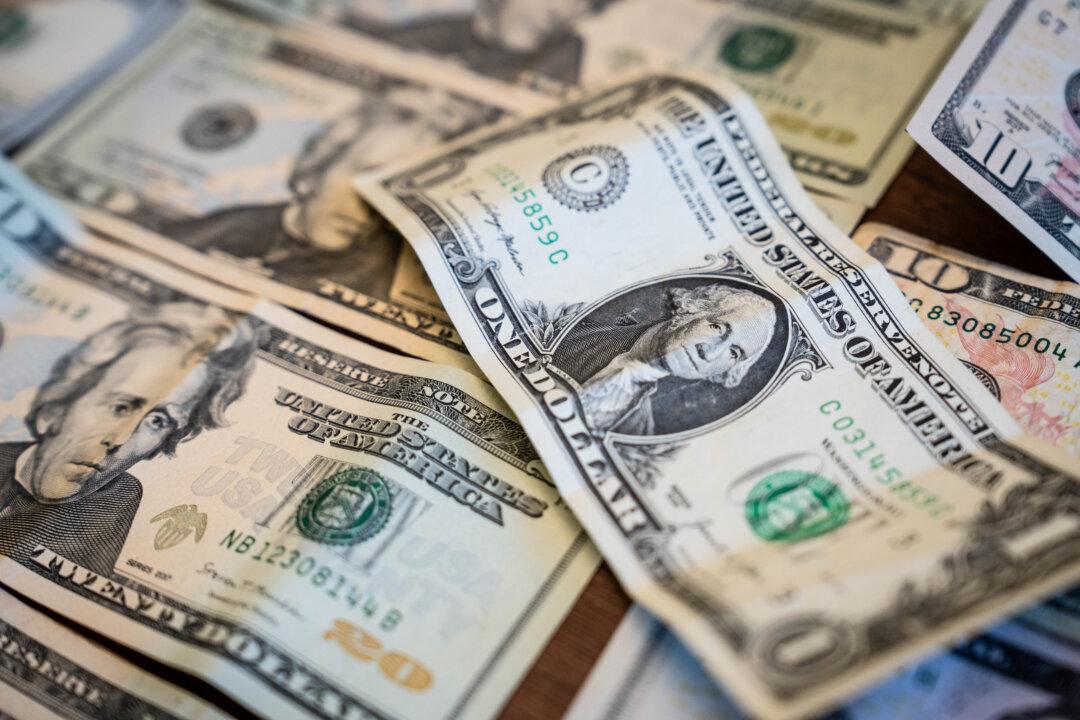Since hitting their peaks last year, stocks and bonds have been hemorrhaging amid soaring inflation, rising interest rates, and war in Eastern Europe.
The leading U.S. benchmark indexes are deep in the red year-to-date. The Dow Jones Industrial Average has slumped about 6.3 percent, the Nasdaq Composite Index has plunged about 17 percent, and the S&P 500 has tumbled nearly 10 percent.





